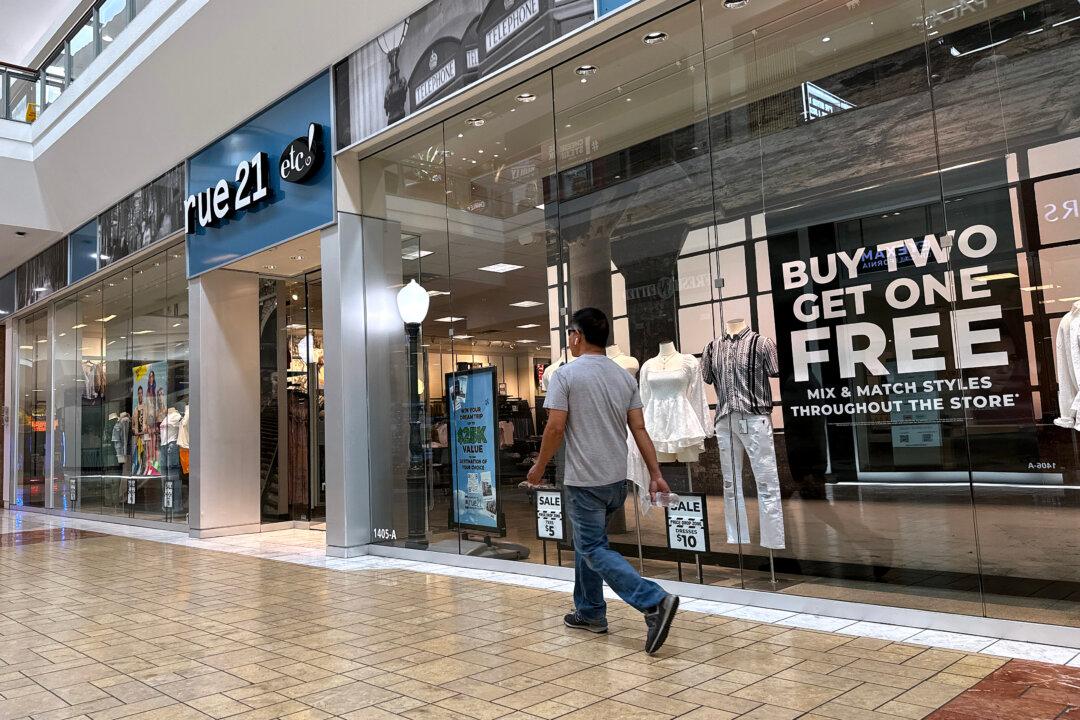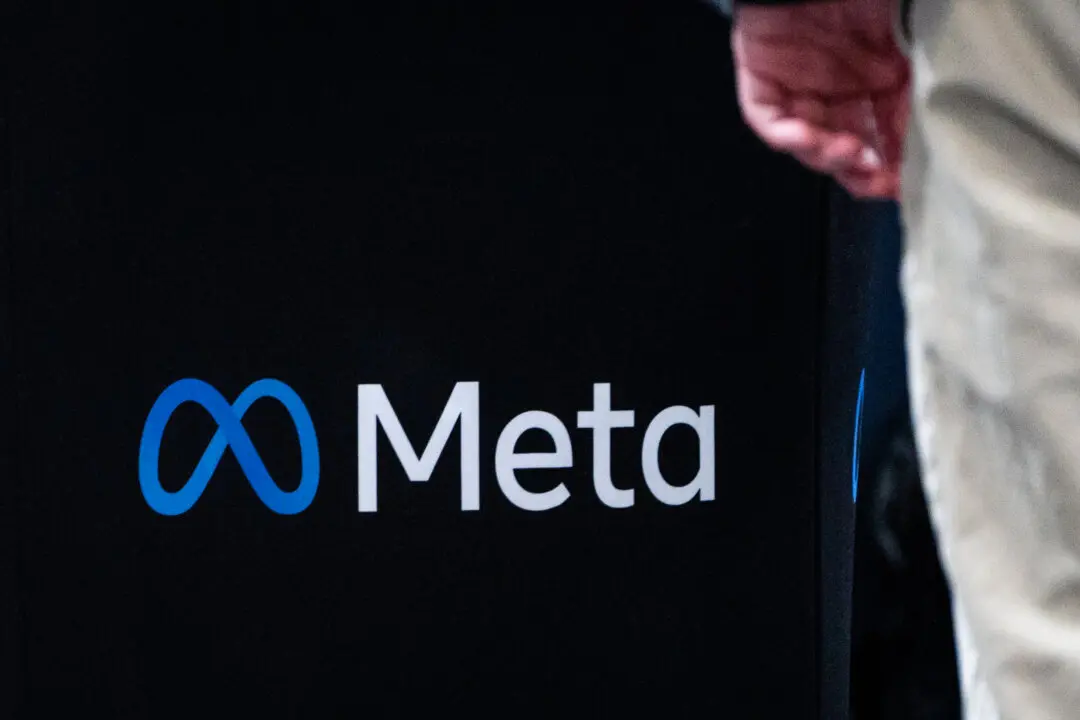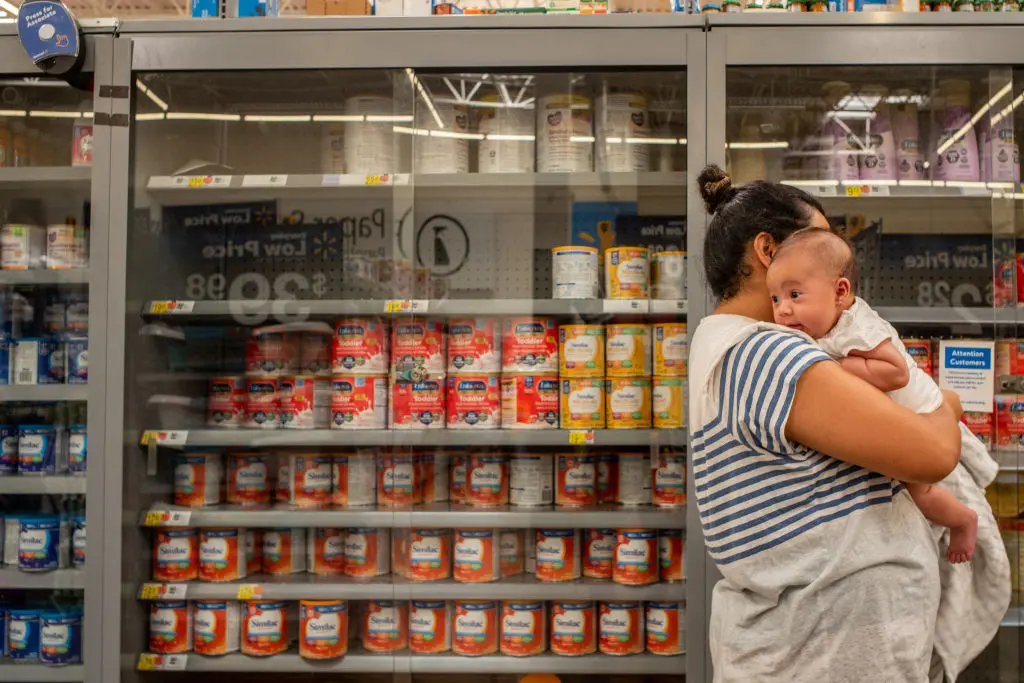Specialty fashion retailer Rue21 filed for bankruptcy on Thursday, with the company opting to liquidate its assets and conduct store clearance sales.
Rue21 filed for Chapter 11 bankruptcy at the U.S. Bankruptcy Court for the District of Delaware. The company has suffered “operational losses stemming from, among other things, underperforming retail locations, the continued growth of online shopping and industry competition, inflation and macroeconomic headwinds, and difficulties raising capital in an amount sufficient to meet their liquidity needs and fund operations,” the bankruptcy filing stated.





